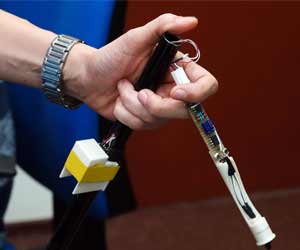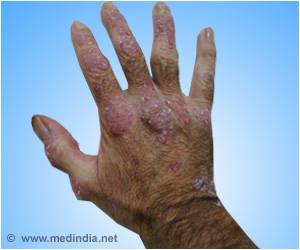Error in pose estimation can occur over time. This is not much of a problem for short journeys, but for long ones, it can break down the navigation function of an RNA.
‘Robotic white cane using computer vision to aid blind and visually impaired was developed.’
To compensate for this, a range of solutions has been proposed, from the installation of Bluetooth beacons to radio-frequency identification chips (RFID), and constructing a visual map ahead of time. But building such a map is very time-consuming, and placing beacons or chips in the environment is impractical for all.
To overcome these limitations, researchers developed a computer vision technique that uses an RGB-D camera, a gyroscope, and an accelerometer to measure how the RNA moves and rotates in space.
This camera produces both a color image and depth data for each image pixel. The system combines depth data for visual features in the environment with the plane of the floor or ground, this reduces occurrence of pose error.
A statistical method is then deployed to reduce error still further. An initial estimated pose is used as a ‘seed’ for the statistical generation of numerous other probable poses surrounding the estimated one. These technological improvements in conventional white canes can also stumble over the effectiveness of their human-machine interface.
So, the team abandoned that approach entirely and instead designed a novel ‘robotic roller tip’ interface at the end of an otherwise conventional white cane.
This consists of a rolling tip like the end of a ballpoint pen, an electromagnetic clutch, and a motor. By engaging the clutch, the user puts the cane in robotic mode.
Switched on, the motor then rotates the rolling tip to steer the cane in the desired direction calculated by the onboard computer vision system. A vibrator in the cane suggests to the user in the desired direction via a coded vibration pattern. Having developed the prototype, the team are now working to reduce its weight and cost.
Source: Medindia



